Tag Archives Dairy Cattle
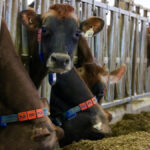
Province-wide bulk tank samples to track disease prevalence
Research project could help with individual farm and provincial disease management

Automating dairy cattle health monitoring – from the inside
Ontario inventor creates dairy cattle bolus system to monitor internal metrics
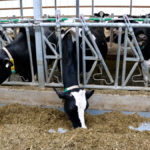
Study shows heat stress challenges increasing in Ontario dairy cows
Data suggests Quebec cows have been less affected than those in Ontario
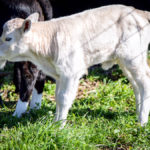
Rumen development critical for young calf health
Supplements and management can help develop the rumen to allow nutrient transport

Neutrophil system plays big role in dry cow immunity
Extra bunk space is good buffer to reduce health risks and improve immune activity
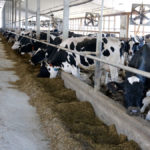
Work continues on dairy feed efficiency evaluation index
Planned Canadian release date pushed back to April 2021
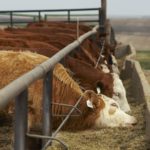
COVID-19 aid ‘falls short,’ farm groups warn
Aid package includes AgriRecovery for cattle, hog sectors
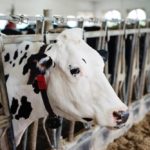
Beef Farmers of Ontario ask for curb on cull sales
BFO concerned over processing 'backlogs'
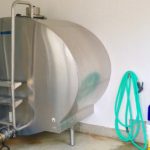
Dairy sector shuts down most visits from off-farm providers
In agriculture, dairy farms are among those most called-on by outside services

Separating stature from major Holstein traits
A new composite index should help maintain desirable traits, while de-emphasizing stature
